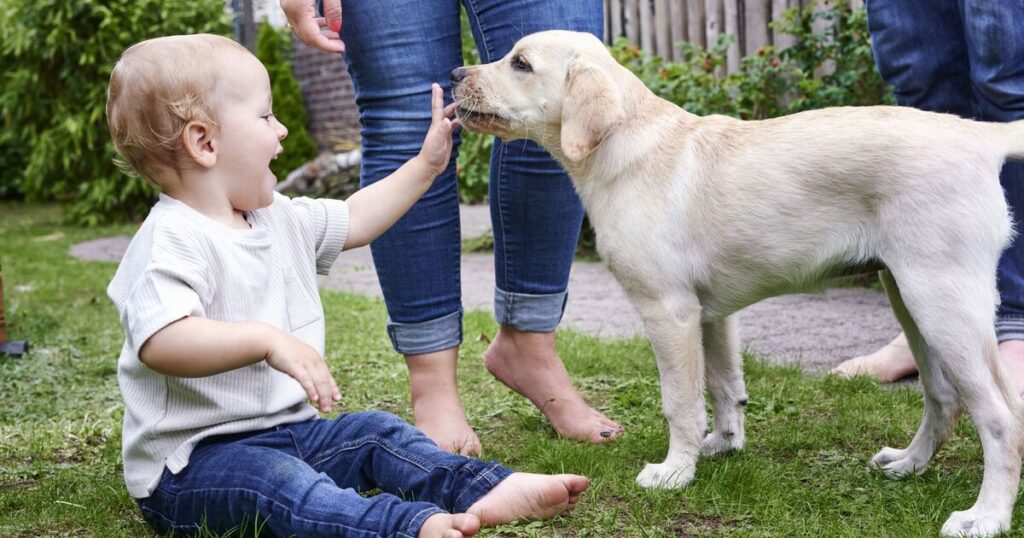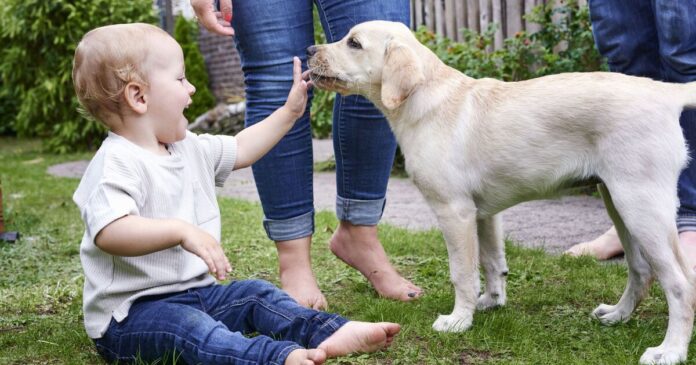
While Labradors are undoubtedly popular, their high energy levels and need for constant mental stimulation can sometimes overwhelm busy households, especially those with young children. In fact, experts suggest that choosing a family dog is far less about breed and far more about the individual dog’s background, early socialisation, and temperament.
Rosie Bescoby, a dog behaviourist at Pure Pet Food, says: “The foundation of a dog’s temperament is laid in their genetics and those crucial first weeks of life.” Many of the gentlest, calmest dogs in family homes today aren’t pedigrees at all – they’re simply well-bred, well-socialised companions.
According to Rosie: “A responsible breeder will prioritise calm, well-adjusted parents and provide puppies with consistent exposure to different environments and people, including children.”
This early stage is vital – it creates dogs who are resilient, confident, and better suited to busy households full of noise and activity.
Even among supposedly “family-friendly” breeds, differences in individual upbringing can mean the difference between a calm cuddle-buddy and a stressed-out chewer.
“That’s because all dogs have the potential to bite if they feel scared or threatened,” Rosie warned, reminding us that even the friendliest-looking pup isn’t always safe.
Breed may offer some guidance, but a dog’s first eight weeks of life – before they even come home – are far more telling.
To give your dog the best chance of fitting into family life, Rosie recommends four key steps that go beyond dog breed guides.
First, always choose a responsible breeder who prioritises temperament, and who welcomes you to meet the parents and observe how they interact with people.
Puppies raised in home environments, not outdoor kennels or sheds, tend to develop better social skills and handle change more calmly.
Ask breeders detailed questions about early socialisation, including what kind of people, pets, and household environments the puppies have experienced.
And even rescue dogs can be wonderful with families if they’ve had the right start and consistent, positive reinforcement.
Finally, one of the most important – and often overlooked – aspects of bringing a dog into a family is teaching children how to behave around them.
Rosie stresses: “There is no such thing as a completely ‘bite-proof’ dog,” highlighting the need for education, not just obedience.
Children must be told not to disturb a dog while it’s sleeping or eating; and adult supervision is key whenever dogs and kids are together – no matter the dog’s breed or how trustworthy it seems.
With the right approach, the best dog for your family might not be what you expected, but they’ll be the one that fits your life, not just your wish list.





















